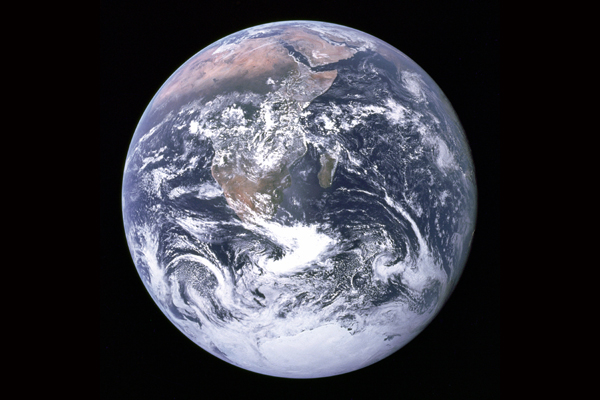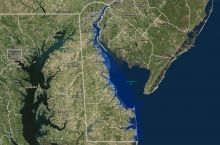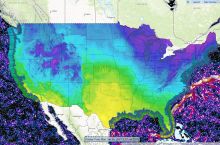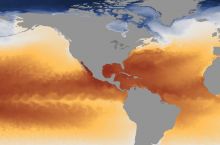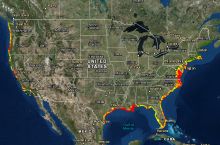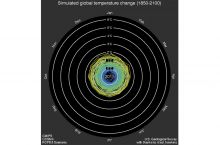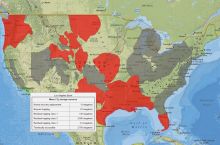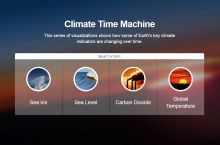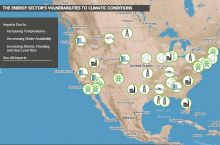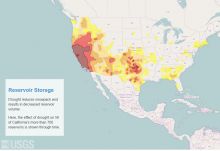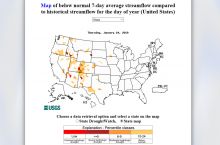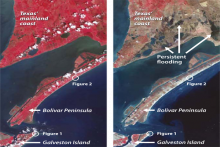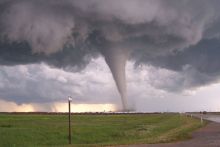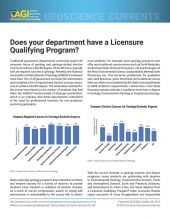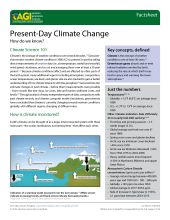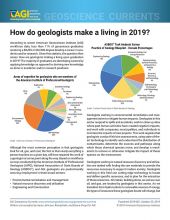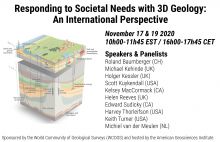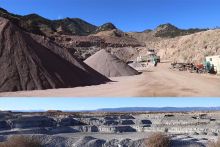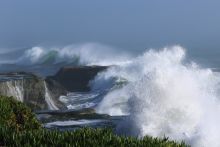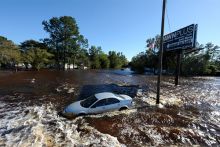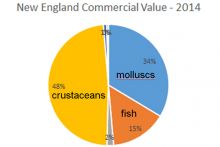Climate has an enormous impact on society, with wide-ranging effects on public safety and health, the economy, transportation, infrastructure, and agriculture. Geoscientists investigate our climate's past and present to better understand how it may change in the future.
Basics
Climate is the average of weather conditions over decades to centuries in a particular location.[1] Climate is influenced by many factors, including solar activity, ocean circulation, land cover, and greenhouse gases and aerosols in the atmosphere.[2,3,4,5] Read more
Frequently Asked Questions
Do you have a question that's not listed here? Search all FAQs
Explore Related Topics
Since 1980 the United States has experienced more than 24 major droughts, resulting in almost 3,000 deaths and economic impacts exceeding $225 billion. All areas of the U.S. have some drought risk.
All of the energy we use comes from the Earth, its atmosphere, or the Sun. Some resources are mined or extracted, like coal, uranium, oil, and gas. Others, like wind, solar, tidal, biomass, and hydropower resources, are harnessed at the Earth’s surface. Geoscientists play an essential role in developing energy resources and evaluating their environmental impacts.
Flooding is the most common and costliest natural hazard facing the United States. Each year, flooding causes billions of dollars in damages and dozens of deaths nationwide.
Water is constantly moving on the Earth between the atmosphere, ocean, rivers and streams, snowpacks and ice sheets, and underground. Water availability, both as surface water and groundwater, is essential for agriculture, human consumption, industry, and energy generation.
Water quality refers to whether water is suitable for a certain purpose, like drinking or irrigation. Both natural and man-made factors can affect water quality. Contaminants can include bacteria, metals, and man-made chemicals like pesticides or pharmaceutical drugs.
Weather hazards impact the entire country, with enormous effects on the economy and public safety. Since 1980, weather/climate disasters have cost the U.S. economy more than $1.5 trillion. In an average year, the United States will be affected by six billion-dollar weather/climate disasters, but this number has increased in recent years: from 2013-2017 the average was 11.6 events.
Wildfires are causing more frequent and wider-ranging societal impacts, especially as residential communities continue to expand into wildland areas. Since 2000, there have been twelve wildfires in the United States that have each caused damages exceeding $1 billion; cumulatively, these twelve wildfires have caused a total of $44 billion in damages.

